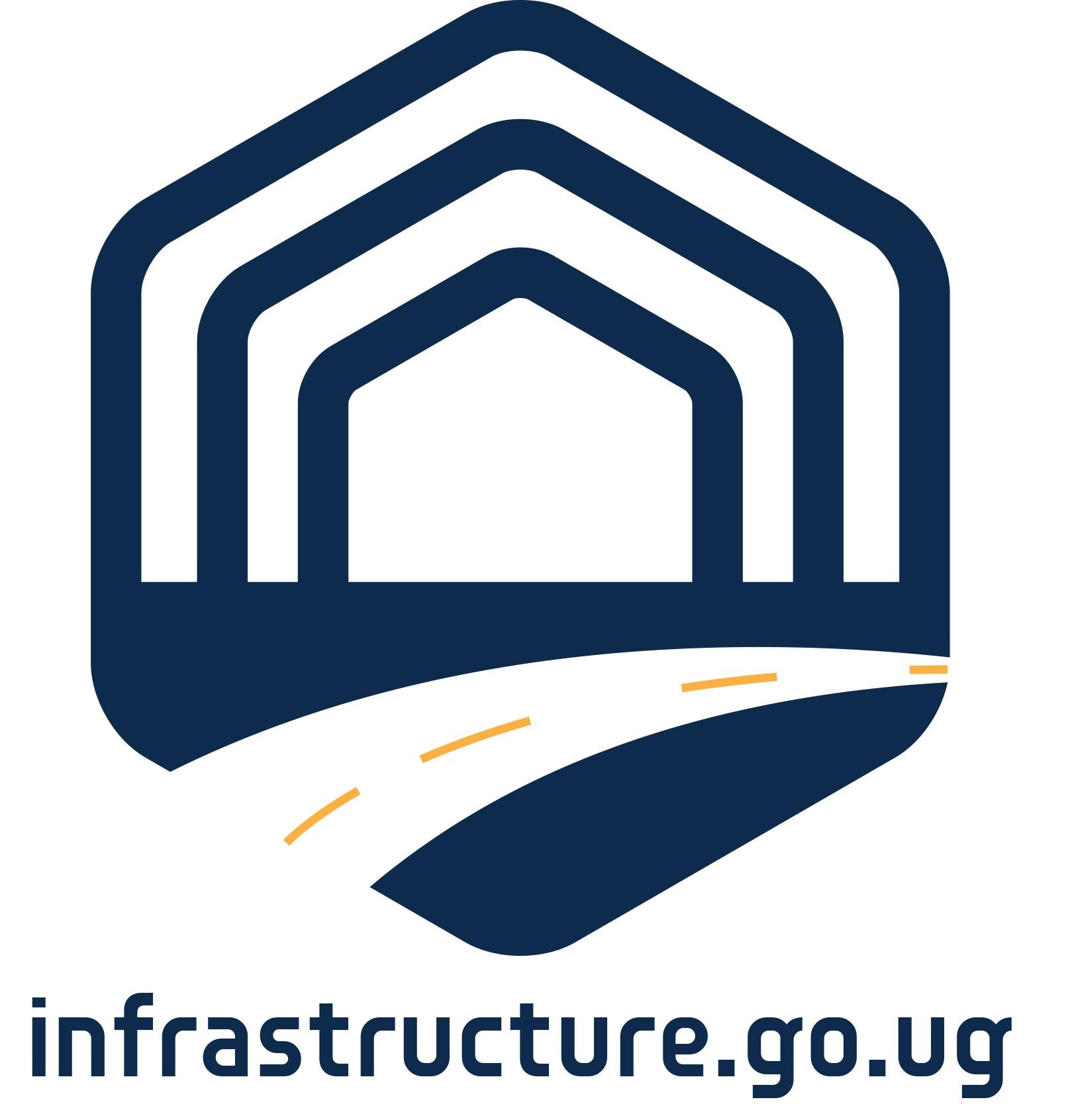Share
Uganda has a total road network of about 159,366km comprising 20,854km (13%) national roads; 38,603km (24%) district roads; 19,959km (13%) urban roads and 79,947km (50%) community access roads.
The national roads link border posts, airports and ports to each other as well as to the capital city. District roads link district headquarters to the national road network and sub- county administrative centres. Urban roads are within the boundaries of urban areas, while community access roads are those within villages that link communities and provide access to administrative, social and economic services.
The road network of our country has tremendously expanded and improved. At independence in 1962, Uganda had only 844km of tarmac roads. Although the post-independence Uganda People’s Congress (UPC) government extended tarmac roads to new towns such as Mbarara- Kabale, Mbarara-Fort Portal, and Kampala-Gulu-Lira, the road network had collapsed by the time NRM took power in 1986. At the time, there were only about 1,000km of paved roads, most of which were in poor condition.
By the end of 2019, NRM had tarmacked a total of 5,500km of national roads and rehabilitated the old 1,000km. NRM government has prioritized infrastructure development, evident in the expansion of tarmac roads from 1,000 kilometers in 1986 to over 7,000 kilometers in 2023. Additionally, airports increased from 1 to 2, and airstrips from 5 to 13. Our long-term target — enshrined in Uganda Vision 2040 — is to achieve an average of paved road density of 100km per 1,000sq.km by the year 2040.
The stock of the paved road network continues to increase, a result of the well thought out decision to prioritise road construction. During the past term 2016-2021, we allocated over Ush22,935 billion to infrastructure development — roads and bridges (8% more than the planned allocation). Overall, the works and transport sector has received, on average, 17% of the national budget during the last five years.
Although in the past we have focused more on expansion of the national paved road network to cover the huge infrastructure gap, over the next five years we are going to balance construction with maintenance of existing and newly paved roads. We are going to operate the Uganda Road Fund (URF) as a “Second Generation Fund” (2G Road Fund) to finance routine and periodic maintenance of our roads. The URF will get revenues from road user charges, including fuel levy, licence fees and other road-related charges as listed under 21 of the URF Act. This will enable us reduce the replacement costs of roads in future. URF will develop a comprehensive multi-year road rehabilitation and road maintenance plan to guide resource allocation in line with best practice.
We are also going to support competent local contractors to actively participate in road construction and maintenance, in line with the local content policy. The road construction/ maintenance equipment we bought from Japan is being used to maintain the existing roads in good condition and to open up roads connecting new districts. The big national and inter-district roads have already connected many of the sub-counties and town councils in Uganda.
Kajjansi Airfield
The airfield is approximately 29 kilometres (18 mi), by road, north-east of Entebbe International Airport, Uganda’s largest airport, and 17 kilometres (11 mi) south of the central business district of Kampala, Uganda’s capital and largest city. The geographical location of the airfield are:0°12’01.0″N, 32°33’00.0″E (Latitude:0.200278; Longitude:32.550000). Kajjansi Airfield sits at an elevation of 1,141 metres (3,743 ft) above mean sea level. Kajjansi is located in the southern portion of the Kampala conurbation. The airport has one unpaved runway 14/32, which is 1,150 metres (3,773 ft) long. The runway is east of the Kampala–Entebbe Road, bordering marshland near the shore of Lake Victoria.
Ownership
The airfield is owned and operated by Mission Aviation Fellowship (MAF), an international Christian humanitarian relief and development organisation. In the mid-2010s, the Christian engineering charity Engineering Ministries International (EMI) redeveloped the office building of the airfield. The new office building became the headquarters of both MAF Uganda and EMI East Africa.
Operations
Kajjansi Airfield is also the operations base for Kampala Aeroclub and Flight Training Centre (KAFTC). The company operates scheduled and charter tours to three of Uganda’s national parks; Murchison Falls National Park, Queen Elizabeth National Park and Bwindi National Park.
The same company maintains an ICAO-recognized flight-training school that trains, tests and awards private pilots licenses. The school is sometimes referred to as kanjansi flying school. KAFTC also operates an aircraft maintenance facility at this airport, under the name of Kampala Aero Maintenance.
